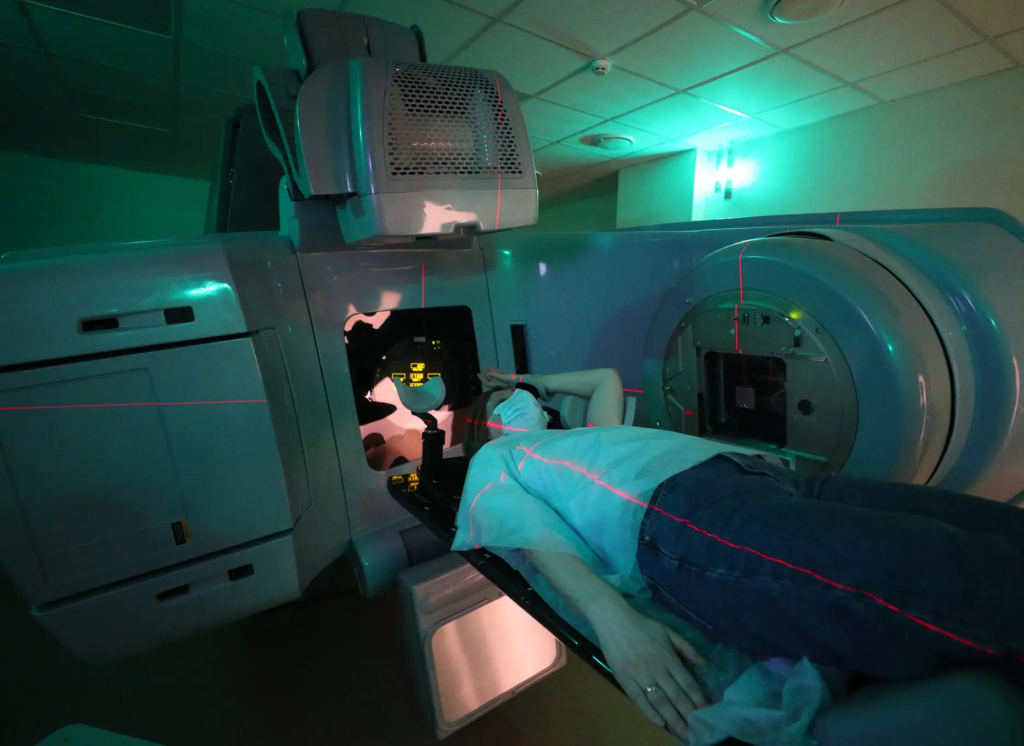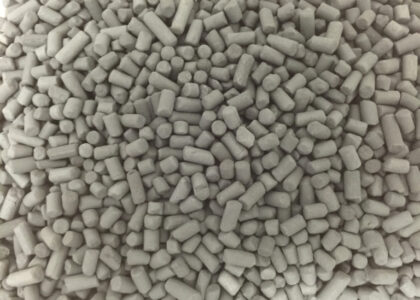
The global positron emission tomography (PET) scanners market is poised for significant expansion, with an anticipated growth from US$ 1.3 billion in 2023 to US$ 2.1 billion by 2033. This growth trajectory represents a promising Compound Annual Growth Rate (CAGR) of 5.3% over the next decade.
This surge in market value is attributed to several key factors, including groundbreaking advancements in medical imaging technology and a growing recognition of the critical role PET scanners play in the early detection and diagnosis of diseases. These developments are setting a new standard in the healthcare landscape, enabling more precise and effective interventions.
PET scanners are increasingly regarded as indispensable in the medical field, thanks to their ability to provide detailed insights into the human body’s complex functions. This capability is crucial for the early detection of various health conditions, which in turn facilitates timely and targeted treatment strategies, improving patient outcomes.
Get Access to Sample Now: https://www.futuremarketinsights.com/reports/sample/rep-gb-1333
“The projected growth of the global PET scanners market is a testament to the evolving landscape of medical imaging technology,” stated Future Market Insights. “With a consistent increase in demand for accurate and precise diagnostic tools, PET scanners are expected to play a pivotal role in shaping the future of healthcare.”
This growth trajectory is not only indicative of technological advancements but also highlights the increasing significance of early disease detection, personalized medicine, and the continuous drive towards improving patient outcomes.
The forecasted surge in the PET scanners industry signifies immense opportunities for stakeholders, including manufacturers, healthcare providers, and investors. The anticipated expansion also emphasizes the need for continued innovation and development within the sector to meet the growing demand for high-quality imaging solutions.
Key Takeaways:
- The process incorporates the visualization of biochemical changes in the body, including the strong metabolism of the heart muscle. These efficient scanners employ a type of nuclear medicine process in order to accurately measure the metabolic activity of the body tissues and cells. It is a combination of nuclear medicine and biochemical analysis. They are mostly used in patients with heart or brain conditions, and cancer.
- The surging adoption of PET and X-ray transmission computed tomography (CT) scans is expected to propel growth in the market over the upcoming years. This innovative technology is predicted to reduce acquisition time, and provides precise attenuation correction and fusion imaging, resulting in high diagnostic sensitivity and specificity.
- Furthermore, the combination of PET and CT helps in improving the staging of disease by defining prognostic and treatment monitoring capabilities of the functional and metabolic information given by conventional nuclear imaging techniques.
- Most PET scanning products are used to perform fluorodeoxyglucose (FDG) as it has the capability to capture tissue glucose metabolism and increase its parameters. Although, fluorodeoxyglucose consists of some shortcomings such as low specificity. Additionally, several potential radiotracers are under investigation to address the unmet clinical needs of diagnosis of diseases.
- In order to tackle such diseases, various manufacturers are launching new products that come with higher sensitivity concerning metabolic activity to achieve detailed scans. Players are also investing in mergers and acquisitions to improve their product portfolios.
- The market is expected to comprise mandatory equipment registered in several countries, regulatory requirements for development, and reimbursement changes. The market is highly influenced by the advances in minimally invasive surgical procedures and the establishment of new patented products.
- Over the recent years, the market observed a surge in the BPS values owed to the potential benefits of digital PET scanners over conventional analog scanners attributed to their improved image quality, thus promoting greater adoption. In addition to that, the market experienced change within the BPS values owing to the reduction in the number of elective surgeries as well as the emergence of telehealth during the advent of the COVID-19 pandemic.
Request Report Methodology: https://www.futuremarketinsights.com/request-report-methodology/rep-gb-1333
Competitive Landscape:
Key market players are concentrating on a novel and innovative approaches for the development of positron emissions tomography scanners driven by emerging cases of infectious diseases and the lack of advanced methods for efficient detection. An expansion of the production facility along with new product launches and approvals are projected to further strengthen the growth of the market.
More Insights into the Positron Emission Tomography (PET) Scanners Industry
The U.S. is anticipated to dominate the North American market as it accounted for around 94.4% of the total market share in 2020. Due to the rising prevalence of cancer in the country, an underpinning need for advanced PET scanners, thereby creating sales prospects in the market.
Some of the prominent players in the market are:
- G.E. Healthcare
- Toshiba Corporation
- Koninklijke Philips N.V.
- Siemens Healthineers
- Hitachi Medical Corporation
- Positron Corporation
- Mediso Ltd.
- Yangzhou Kindsway Biotech Co., Ltd
Positron Emission Tomography (PET) Scanners Industry by Category:
By Product Type:
- Full-ring PET Scanner
- Partial-ring PET Scanner
By Application:
- Oncology
- Cardiology
- Neurology
- Others
By Detector Type:
- Bismuth Germanium Oxide
- Lutetium Oxyorthosilicate
- Gadolinium Oxyorthosilicate
- Lutetium Fine Silicate
- Lutetium Yttrium Orthosilicate
By End User:
- Hospitals
- Diagnostic Centers
- PET Centers
- Research Institute
Purchase Now to Access: https://www.futuremarketinsights.com/checkout/1333
About Future Market Insights (FMI)
Future Market Insights, Inc. (ESOMAR certified, recipient of the Stevie Award, and a member of the Greater New York Chamber of Commerce) offers profound insights into the driving factors that are boosting demand in the market. FMI stands as the leading global provider of market intelligence, advisory services, consulting, and events for the Packaging, Food and Beverage, Consumer Technology, Healthcare, Industrial, and Chemicals markets. With a vast team of over 400 analysts worldwide, FMI provides global, regional, and local expertise on diverse domains and industry trends across more than 110 countries.
Contact Us:
Future Market Insights Inc.
Christiana Corporate, 200 Continental Drive,
Suite 401, Newark, Delaware – 19713, USA
T: +1-845-579-5705
For Sales Enquiries: sales@futuremarketinsights.com
Website: https://www.futuremarketinsights.com
LinkedIn| Twitter| Blogs | YouTube




